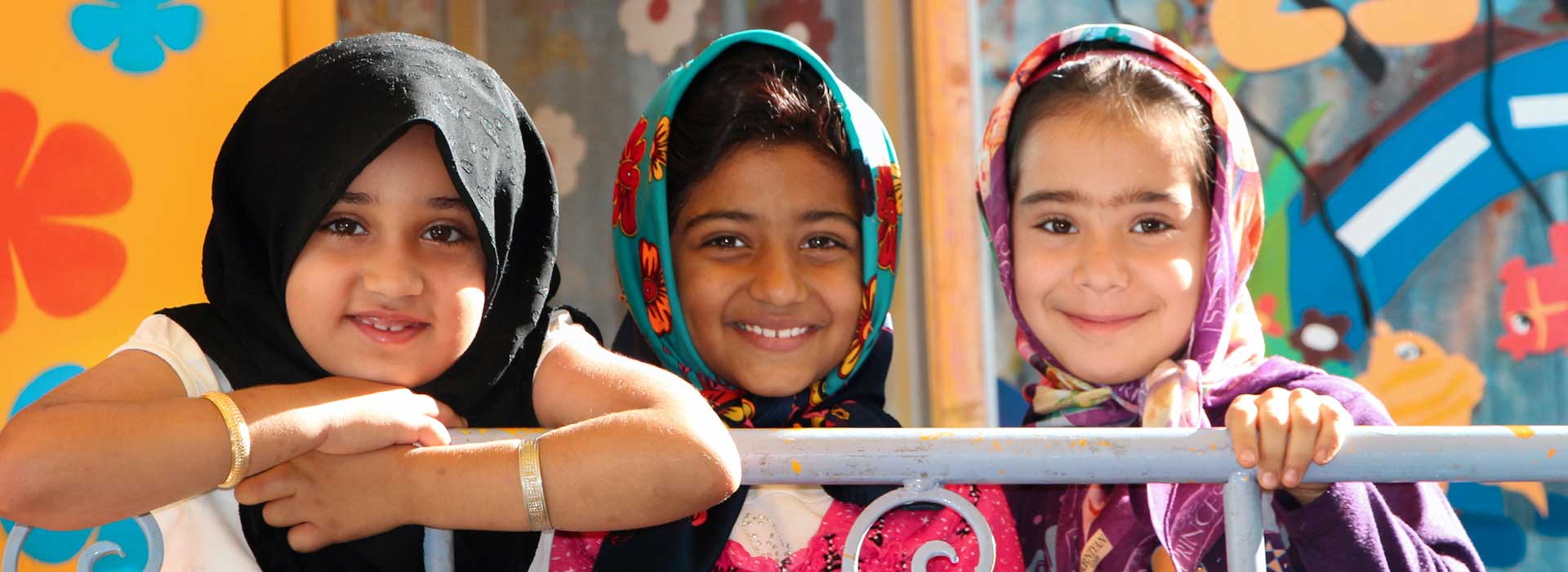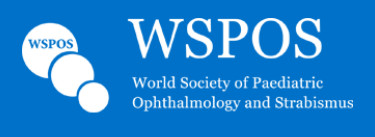WSPOS Myopia Consensus Statement – 2016
Prevalence: Myopia, commonly called near-sightedness, is the most common human eye disorder in the world, affecting 85% to 90% of young adults in some Asian countries such as Singapore and Taiwan, and between 25% and 50% of older adults in the United States and Europe. Unlike Western populations where the prevalence of myopia is low (<5%) in children aged 8 years or younger, in Asian children there is a significantly higher prevalence of myopia, affecting 9% to 15% of preschool children, 24.7% of 7-year-olds, 31.3% of 8-year-olds, and 49.7% of 9-year-old primary school children in Singapore. In 12 year-old children, the prevalence of myopia is 62.0% in Singapore and 49.7 % in Guangzhou, China compared with 20.0% in the United States, 11.9 % in Australia, 9.7% in urban India and 16.5% in Nepal. Burden: The economic cost of myopia is estimated at an annual US$268 billion worldwide. . Not only is there a socio-economic burden, there is a significant increased odds ratios for myopic maculopathy, retinal detachment, cataracts, and glaucoma, even for low and moderate levels of myopia and these odds ratios increase further with higher levels of myopia. Genetic Factors: Evidence supports heritability of the nonsyndromic forms of myopia, especially for high-grade myopia (-5 D or higher) and Genome-wide association studies (GWAS) have identified >20 associated loci for myopia.
Environmental Factors:
(1) Outdoor Time: In both Singaporean and Australian children, total time spent outdoors, as an independent variable, was associated with less myopic refraction, with implications of a protective effect of outdoor activity. Results from clinical trials for outdoor intervention programs to reduce incident myopia have shown promising results.
(2) Near work: Near work was found to be associated with prevalence of myopia in American, Australian and Singaporean children. However, definite temporal relationships for exposure (e.g., near work) and disease (myopia) cannot be established from cross-sectional data. Among cohort studies, near work was found to be associated with incident myopia among American and Australian children but not in Singaporean, Taiwanese or British children. Recent evidence suggests that the intensity of near work, i.e. sustained reading at closer distance (less than 30 cm) with fewer breaks may be more important than the total hours of near work.
Interventions To Retard The Progression Of Myopia:
What Does Not Work :
Under-correction: Data from prospective clinical trials suggest that undercorrection of myopia either increases or has no effect on myopia progression. Undercorrection does not slow myopia progression and should no longer be advocated.
What Probably Does Not Work :
Bifocals: Randomized, clinical trials in the US, Finland, and Denmark showed no significant slowing of myopia with bifocals alone. The only promising results of 40% reduction were reported by Cheng et al in a group of Chinese Canadian children but these have not been corroborated in other studies. Progressive Lenses: The use of progressive addition lenses (PALs) has produced relatively small treatment effects. The correction of myopia evaluation trial (COMET, a multicenter, randomized, double-masked clinical trial), concluded that the overall adjusted 3-year treatment effect was statistically significant but not clinically meaningful. The 3 year treatment effects decreased even further after 5 years.
Contact Lenses: Randomised clinic trials showed that soft contact lenses and rigid gas permeable lenses (RGP) were not effective in retarding myopia progression. In the Contact Lens and Myopia Progression (CLAMP) study, there was a statistically significant difference in myopia progression in the RGP vs. soft lens group with most of the treatment effect found in the first year. However, three-year axial elongation was not significantly different between treatment groups. These results suggest that the slowed myopia progression was mainly due to corneal flattening and not true slowing of myopia, which may be reversible with discontinuation of RGP lens wear.
What Might Work :
Orthokeratology: In overnight orthokeratology the patient wears reverse geometry contact lenses overnight to temporarily flatten the cornea and provide clear vision during the day without any glasses or contact lenses. Reduction in myopia (up to −6 D) is achieved by central corneal epithelial thinning, midperipheral epithelial, and stromal thickening. Unfortuntely, more than one hundred cases of severe microbial keratitis related to orthokeratology have been reported since 2001. Randomized clinical trials of orthokeratology myopia control demonstrated significantly slower axial elongation in children wearing orthokeratology lenses than children wearing single vision spectacles. Orthokeratology contact lenses can be used to correct central refractive error while leaving peripheral myopic blur, which may act as a putative cue to slow the progression of myopia.Overall, ortho-k results in an approximately 40% reduction in the progression of myopia. There is no good controlled long term study demonstrating sustained myopia control effect and there is no washout data.
Peripheral retinal defocus: While there is accumulating evidence for the role of the peripheral retina in the development of refractive errors with initial human studies involving mainly Caucasians suggesting an association between relative peripheral hyperopia and axial myopia, the Peripheral Refraction in Preschool Children (PREP) Study of Singaporean Chinese children and Collaborative Longitudinal Evaluation of Ethnicity and Refractive Error (CLEERE) study showed that relative peripheral hyperopia had little consistent influence on the risk of myopia onset, myopia progression, or axial elongation. Even human clinical trials with treatment strategies aimed at reducing the peripheral retinal hyperopic defocus, there were no statistically significant differences in the rates of myopia progression between children who wore one of three novel spectacle lenses that decreased relative peripheral hyperopia and those who wore the conventional single-vision spectacle lenses. However, for children aged 6–12 years whose parents are myopic, one of the three spectacle lenses was found to reduce the
progression of myopia significantly when higher rates of progression were evident.
What Does Work :
Atropine Eye drops: Atropine blocks muscarinic receptors non-selectively. Muscarinic receptors are found in human ciliary muscle, retina and sclera. Although the exact mechanism of atropine in myopia control is not known, it is believed that atropine acts directly or indirectly on the retina or scleral, inhibiting thinning or stretching of the scleral, and thereby eye growth. Studies have shown some clinical effect on slowing the progression of myopia in children. The Atropine for the Treatment of Myopia studies (ATOM 1 and 2) were randomized, double-masked, placebo-controlled trials each involving 400 Singapore children. The ATOM1 study suggested 1% atropine eyedrops nightly in one eye over a 2-year period slowed myopic progression by 77% and
reduced the axial length elongation (mean axial length increase of 0.39 mm in controls versus no growth in atropine group). . The ATOM2 study demonstrated a dose-related response with 0.5%, 0.1% and 0.01% atropine slowing myopia progression by an estimated 75%, 70% and 60% with SE changes of 0.30D,0.38D and 0.48D, respectively over 2-years. However, when atropine was stopped, there was an inverse increase in myopia, with rebound being greater in the children previously on higher doses. This resulted in myopia progression being significantly lower in children previously assigned to the 0.01% group at 36 months compared with that in the 0.1% and 0.5% groups. Younger children and those with greater myopic progression in year 1 were more likely to require re-treatment. By the end of 5 years, myopia progression remained lowest in the 0.01% group. It was estimated that, overall, atropine 0.01% slowed myopia progression by at least 50%. The efficacy of lower dose atropine is corroborated by Taiwanese cohort studies. However, there may be children who are poor responders to atropine. In ATOM1, 12.1 % of children (younger, with higher myopia, and greater tendency of myopic progression) had myopia progression of more than 0.5D after 1 year of treatment with atropine 1%. Atropine 0.01% caused minimal pupil dilation (0.8 mm), minimal loss of accommodation (2-3 D), and no near visual loss compared with higher doses. Children on atropine 0.01% did not need progressive additional lenses
Conclusions: Atropine 0.01% dose appears to offer an appropriate risk-benefit ratio, with no clinically significant visual side effects balanced against a reasonable and clinically significant 50% reduction in myopia progression. Orthokeratology contact lenses also appear to slow axial length elongation but infective keratitis is a risk. Peripheral defocussing lenses in the form of spectacles or contact lenses may both have a role in slowing the rate of myopic progression in a subset of children and further help our understanding of the physiologic
control of ocular growth. Increasing daylight exposure and reducing intense periods of near work may be helpful.
Selected References:
1. Saw SM, Katz J, Schein OD, et al. Epidemiology of myopia. Epidemiol Rev. 1996; 18:175–187.
2. Saw SM, Carkeet A, Chia KS, Stone RA, Tan DT. Component dependent risk factors for ocular parameters in Singapore Chinese children. Ophthalmology. 2002; 109:2065–71.
3. Saw SM, Tong L, Chua WH, Chia KS, Koh D, Tan DT et al. Incidence and progression of myopia in Singaporean school children. Invest Ophthalmol Vis Sci 2005; 46: 51–57
4. Chua WH, Balakrishnan V, Chan YH, et al. Atropine for the treatment of childhood myopia. Ophthalmology. 2006; 113:2285–91.
5. Chia A, Chua WH, Cheung YB, et al. Atropine for the treatment of childhood myopia: safety and efficacy of 0.5%, 0.1%, and 0.01% doses (ATOM2). Ophthalmology 2012;119:347–54.
6. Chia A, Chua WH, Li W, et al. Atropine for the treatment of childhood myopia: changes after stopping atropine 0.01%, 0.1% and 0.5% (ATOM2). Am J Ophthalmol 2014;157:451–7.
7. Chia A, Lu QS, Tan D. Five-Year Clinical Trial on Atropine for the Treatment of Myopia 2: Myopia Control with Atropine 0.01% Eyedrops . Ophthalmology. 2016 Feb;123(2):391-9
8. Cheng D, Woo GC, Drobe B, Schmid KL. Effect of bifocal and prismatic bifocal spectacles on myopia progression in children: three-year results of a randomized clinical trial. JAMA Ophthalmol. 2014 Mar;132(3):258-64.
9. Gwiazda JE, Hyman L, Everett D, Norton T, Kurtz D, Manny R. Five-year results from the correction of myopia evaluation trial (COMET). Investigative Ophthalmology and Visual Science 2006;47: E–abstract 1166.
10. Katz J, Schein OD, Levy B, et al. A randomized trial of rigid gas permeable contact lenses to reduce progression of children’s myopia. Am J Ophthalmol. 2003; 136:82–90.
11. Charm J, Cho P. High myopia-partial reduction ortho-k: a 2-year randomized study. Optom Vis Sci.2013;90(6):530–9.
12. Cho P, Cheung SW. Retardation of myopia in Orthokeratology (ROMIO) study: a 2-year randomized clinical trial. Invest Ophthalmol Vis Sci. 2012;53(11):7077–85.
13. Mutti D, Sinnott L, Mitchell G, et al. Relative peripheral refractive error and the risk of onset and progression of myopia in children. Invest Ophthalmol Vis Sci. 2011;52:199 –205
14. Sankaridurg P, Donoval L, Varnas S, Ho A, Chen X, Martinez A et al. Spectacle lenses designed to reduce progression ofmyopia:12 month results. Optom Vis Sci 2010;87(9): 631–41.
15. Adler D, Millodot M. The possible effect of undercorrection on myopic progression in children. Clin Exp optom. 2006;89(5):315–21.

